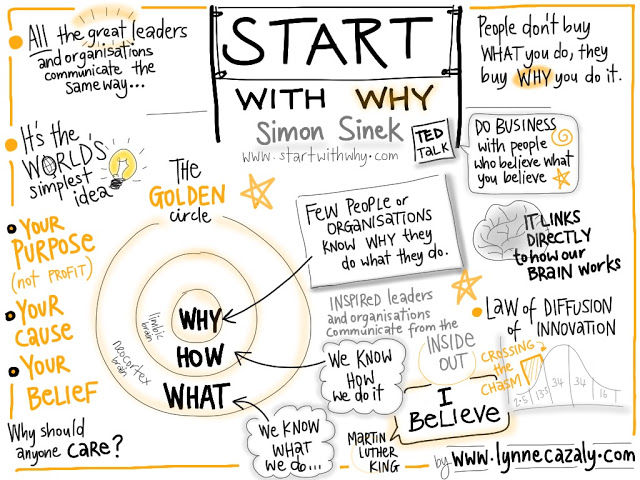Return on Investment: Inputs, Outputs, and Efficiency in Schools?


Schools are complicated systems. With so many moving parts, there’s bound to be some conflict. But hopefully, all of the parts of moving in the same direction. Ideally, all of our inputs are moving efficiently.
When we discuss efficiency, we’re really looking at the ratio of inputs to outputs: is the work paying off? What is the return on investment for the hard work we do in the complicated world of schools?
More and more, I’m finding that my perspective is changing with the many hats I’m wearing: teacher, instructional coach, tech coach, administrative intern, doctoral student, and more. I'm in the classroom every day but can't help but look towards the big picture, too.
I love it when a well planned lesson helps my seventy students learn and grow; that is when I see a return on my investment in planning and instructional design. On a larger scale, I appreciate the impact of well-facilitated professional learning, where I can impact the practices of dozens of teachers who then impact their many students.
We have the capacity for exponential efficiency and growth in all facets of education for all stakeholders. I wonder, though, if we need to take a better look at the returns on our investments. We need to ask ourselves if the system of school is really being run efficiently.
With these ideas in mind, I couldn’t help but return to Simon Sinek’s TED Talk, Start With Why
An organizational systems focus matters because when multiple initiatives, departments, schools, or even teachers are doing great work with our students, they are often at odds without a cohesive vision. Are we working together to create meaningful learning experiences for our students?
Tools and ideas to transform education. Sign up below.
And how do we know? How do we measure our inputs and outputs? How do we know when our efforts in any initiative are successful?
I don’t have answers to these abstract ideas, but I’d like to explore them more throughout the rest of this school year. How do we--and how should we--measure our efficiency in classrooms and schools?
As a teacher, I want to know that my students are learning and growing to meet and exceed standards and objectives, but that they are steering their own learning, too. As a coach, I want to support teachers with learning and strategies that can impact their practice and students. And as a leader, I want to help make meaningful and purposeful change so that we can all work better together in supporting students’ learning.
Lynne Cazaly’s awesome sketchnote of Simon Sinek’s TED Talk

But, again, how do we measure these things? I’ll don’t think a test is the best answer, and it’s never the only one. Rubrics, observations, and reflection are great tools, but I think the questions here are more complicated than the tools as we use them.
- How do you measure your efficiency in schools?
- How do we make sure that we are working smarter, not harder?
- How do we measure the impact of teaching? Learning? Technology?
- Are we all working together? How do we know?
I don’t have the answers. In fact, I’m not entirely sure my ideas even make sense outside my head just yet. So here is my call to action, fair reader:
Please share your thoughts in the comments or on Twitter @MrSchoenbart. Help me to wrap my head around the inputs, outputs, and efficiency in our schools by sharing your wisdom and experiences so that we can all our hard work have more impact on students.
cross posted at www.aschoenbart.com
Adam Schoenbart is a high school English teacher, Google Education Trainer, and EdD candidate in Educational Leadership. He teaches grades 10-12 in a 1:1 Chromebook classroom at Ossining High School in Westchester County, NY and received the 2014 LHRIC Teacher Pioneer Award for innovative uses of technology that change teaching and learning. Read more at The SchoenBlog and connect on Twitter @MrSchoenbart.
